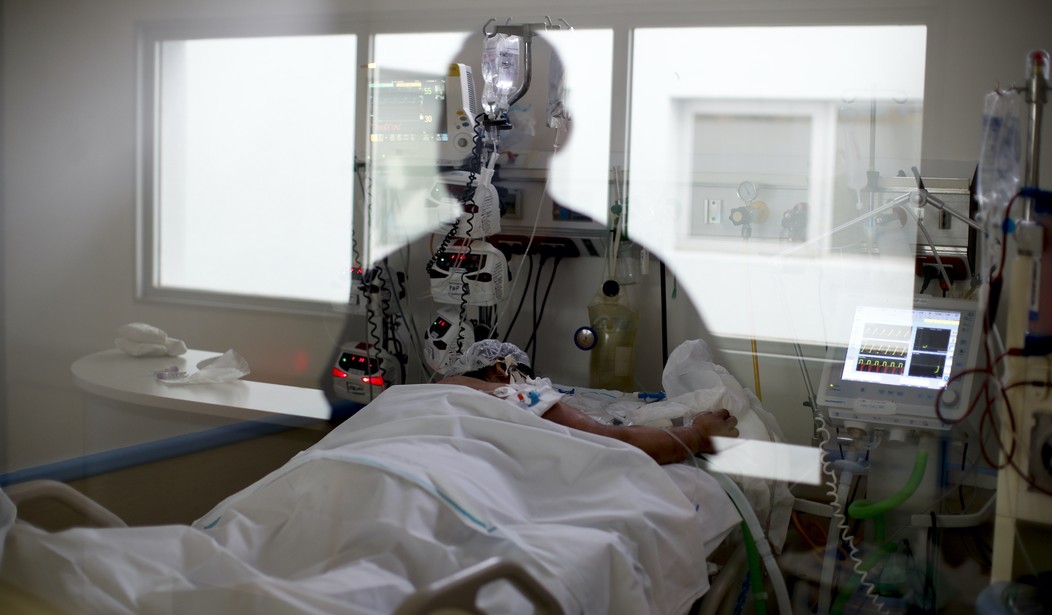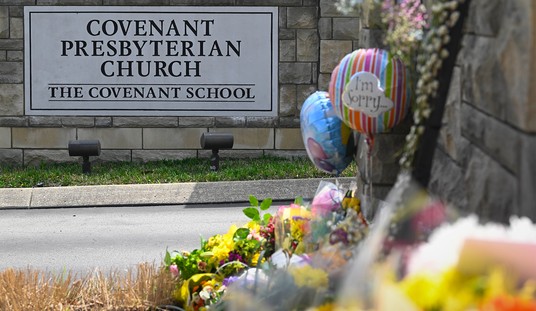People are often shocked to discover the not-so-charitable truth about their local “nonprofit” hospital. “Nonprofits” have strong religious affiliations and reputations for charitable care for low-income families. They must be a beacon of community service as required by federal law, right?
The New York Times recently released an exposé on the unfortunate realities of nonprofit hospitals. One of the country’s largest nonprofit hospital chains, Providence, paid $45 million to consultants from McKinsey to develop the “Rev-Up” program designed to maximize revenue by denying poor patients charity care that they’re entitled to under federal law. The program bullied hospital employees into becoming bullies themselves, directing them to threaten patients with debt collection companies and bad credit.
Additionally, the LA Times peeked behind the curtain and discovered one of the nastier examples of price gouging. A hospital in Southern California performed a real time price mark up of 675%. You read that right. The article said the rapacious price increases are stunningly “routine,” and that hospital software actually includes the “formula” for price hikes. A formula for cheating patients out of as much of their inflation-devastated income as possible!
Since January 2021, hospitals have been required by law to publicly post their formerly secret prices, but the current administration has largely given a pass to the more than 85% of hospitals that are flouting the rules. Illegally hiding prices is where the rip offs start. Garnishing wages of low-income earners and sending them into a black hole of more financial hardship is how it often plays out.
Far too frequently, these hospitals exploit working class patients and manipulate the corrupt health care system for maximum profit, all the while using the lip-service of public relations to hide pricing and conceal outrageous billing practices. It’s a culture of robbing the poor to make the rich even richer.
Recommended
Did you know nonprofit hospitals have often created their own collection agencies and take aggressive legal action to extract payment from even the poorest patients? These hospitals have been known to even pursue their own employees for medical debt. Nonprofit hospitals pay no local, state, or federal tax, yet a Memphis hospital was reported three years ago to have filed “8,300 lawsuits for unpaid medical bills in just five years.” One 63-year-old patient whose salary never exceeded $12 an hour ended up owing the hospital more than $30,000, thanks to the hospital’s lawsuit against her and debt interest. It’s no wonder that the federal Consumer Financial Protection Bureau (CFPB) reported that 58% of all consumer debt is medical debt. That’s an amazing $88 billion.
Regarding nonprofit hospitals in New York, the CFPB said only $1,900 in medical debt was enough to have triggered liens on homes or an order to garnish wages. The report also said, “The indebted patients work in low-wage occupations including health care and social service agencies (24 percent of employers); manufacturing (20 percent of employers); and retail (15 percent of employers).”
Policies that put patients first are overwhelmingly popular, but fewer than 20% of all nonprofit hospitals are complying with the law and disclosing their prices. We must ask ourselves: who benefits here? Answering that might tell you why “nonprofit” hospitals conceal their prices, as well as light our path to policies that actually help Americans facing medical debt and predatory lawyers and bill collectors employed by “nonprofit” hospitals.
How much of this treatment can people take who are struggling to stay alive on $12 an hour? Are nonprofit hospitals trying to drive the entire system in a dark age of Dickensian debtors’ prisons?
It is the administration’s job to take on tax-exempt corporate hospital systems that have been destroying the lives of too many Americans. These hospitals pretend to be charities, but as research reveals, too many of them price-gouge and financially abuse patients. Nonprofit hospitals, especially those deploying predatory pricing and billing practices, must start paying taxes just like any for-profit company.
Executive Director of the Alliance of Health Care Sharing Ministries, Katy Talento was the top health advisor at the White House Domestic Policy Council and an oversight investigator and legislative director for the U.S. Senate.























Join the conversation as a VIP Member